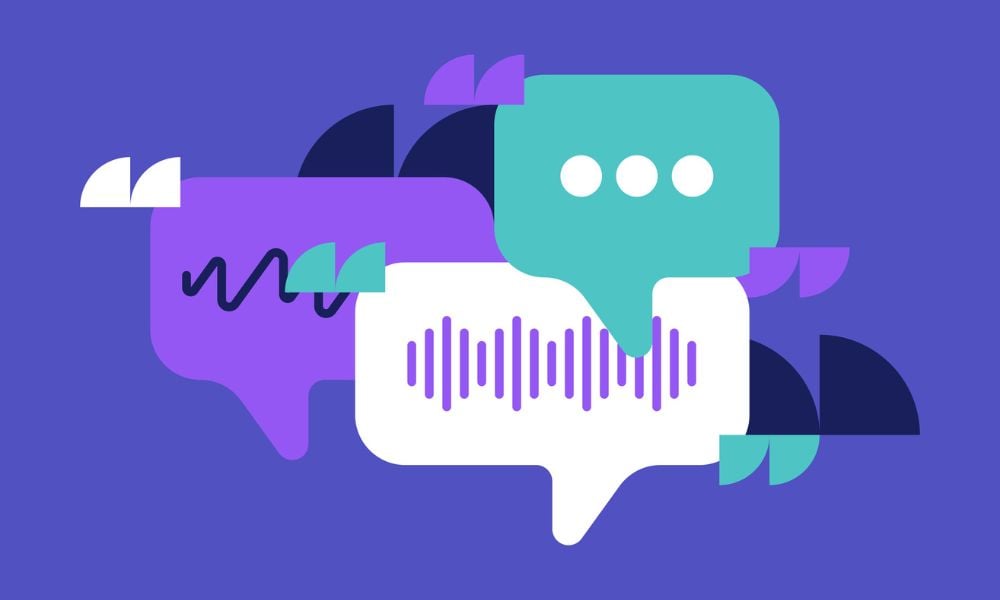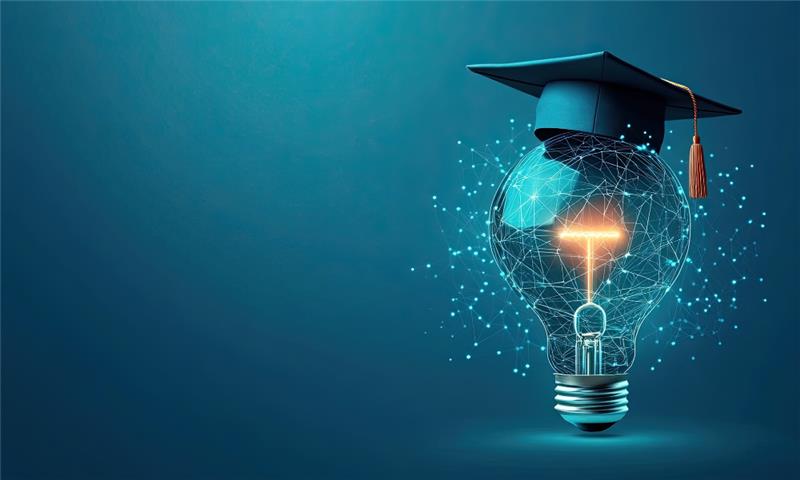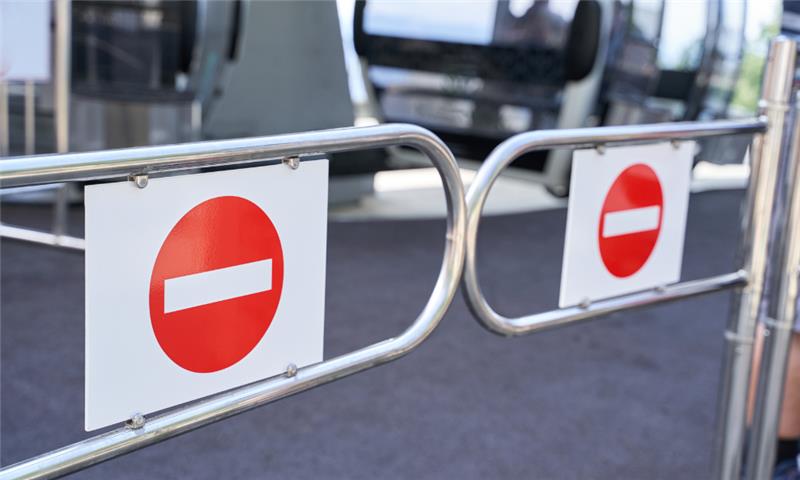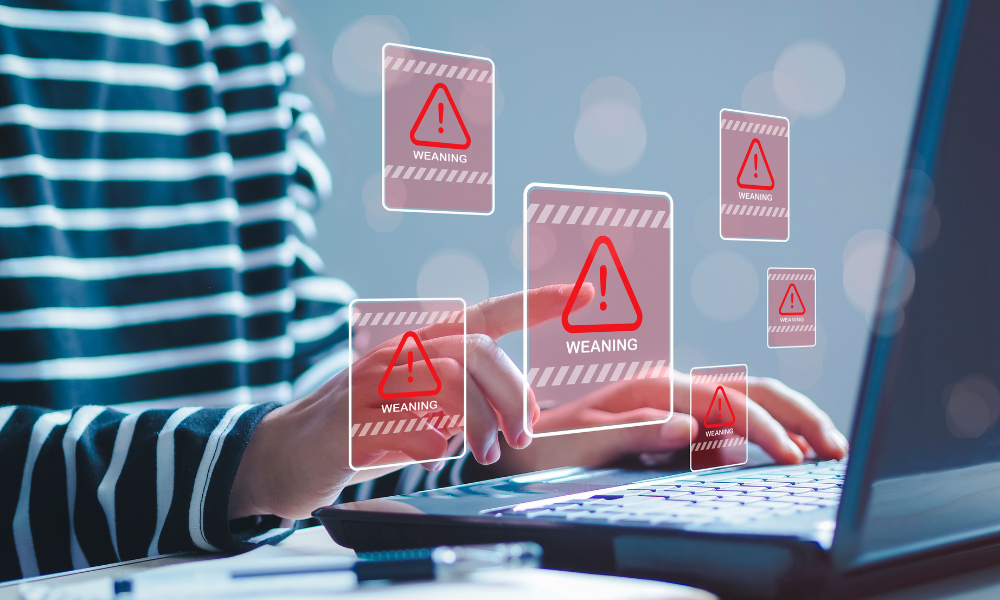Inventors, creators, and IP lawyers in Canada and worldwide are currently grappling with the same question: How can statutory regimes, developed without artificial intelligence in mind, cope with the current torrent of AI-generated creative works?
“There’s an ongoing debate – and this is around the world,” says Aird & Berlis LLP partner Amy Grenon. “If you are using AI, how do you protect the inventions that the AI will come up with?”
One of the question’s most prolific askers is Stephen Thaler, who has posed it in jurisdictions worldwide. For example, he has been trying to register one of his AI creations – Device for the Autonomous Bootstrapping of Unified Sentience (DABUS) – as a patent inventor but has been unsuccessful at the US Federal Court, the UK Appeals Court, the European Patent Office, the Federal Court of Australia, and the German Federal Patent Court.
In Thaler’s US case, he named DABUS as the sole inventor. The US Patent and Trademark Office (USPTO) rejected the patent because its “plain reading” of the Patent Act referred to inventors as natural persons, says Charles Morgan, a partner at McCarthy Tétrault, national co-leader of the firm’s cyber/data group, and former leader of the technology law group. In May 2020, in Thaler v. Vidal, the US Federal Circuit Court agreed with the USPTO and held that an AI tool does not have the right to be an inventor of a patent.

Amy Grenon, Charles Morgan and Jim Holloway
The Canadian Intellectual Property Office (CIPO) similarly issued Thaler a non-compliance notice for his DABUS patent application, noting that it does not appear possible for a machine to have legal rights in Canada nor transfer them to a human. CIPO’s notice added, however, that Thaler could try re-applying and include a statement on behalf of the AI tool identifying himself as the “legal representative of the machine,” says Morgan.
In Thaler’s attempts to date, almost all the courts have said that he needs a human inventor, says Grenon, adding that “there were different glosses put on that in the various jurisdictions.” The issue has yet to be litigated in Canada, she says.
“That’s the problem with all of these statutes. The statutes were developed in the context of having humans do this, and so aren’t necessarily contemplating AI. What do you do to try and get that protection?”
Artificial intelligence is raising similar questions about copyright and trademarks. These rapidly developing issues relate to the IP protection for output – what the AI tool produces – and the input – whether the tool infringes on other IP owners when it digests data to inform its processes.
In 2021, Heritage Canada launched a consultation to explore whether and how Canada should update its copyright framework in the face of AI and the internet of things. As the law stands, a piece of work generally requires a human author for copyright protection. But in two recent cases, applicants got creative and successfully copyrighted AI-produced works.
Ankit Sahni successfully registered an AI-generated painting named SURYAST with CIPO. Sahni, from New Dehli, India, listed himself as an author and the tool RAGHAV Artificial Intelligence Painting App as the co-author. Morgan says SURYAST is the first-ever Canadian copyright registration with an AI author. But he adds that it is unclear whether CIPO would have registered the work had Sahni not included himself as a co-author.
A BC man named Hugh Stephens also recently successfully registered a poem and accompanying image created by AI language and image-generating tools ChatGPT and DALL·E 2. Stephens listed himself as the author, but part of the title states that the work was “created entirely by AI programs” and involved “minimal skill and judgement on the part of the human claiming copyright.”
According to Morgan, the US Copyright Office recently formally rejected two attempted registrations of AI-generated work and released guidance on AI-related copyright registrations.
One was A Recent Entrant to Paradise, an image Steven Thaler’s algorithm Creativity Machine produced. The Copyright Review Board affirmed the denial of Thaler’s registration because the image lacked an element of human authorship.
The same was true for the graphic novel Zarya of the Dawn. The Copyright Office found that the images in the book that were produced using the AI system Midjourney were not protectable.
In March, the Copyright Office released its guidance on AI-generated work and confirmed that human authorship is required for copyright protection. The office will examine whether the work is “basically one of human authorship,” with the AI functioning as an “assisting instrument,” or whether a machine was responsible for the “traditional elements of authorship,” says Morgan. The office notes applicants should not list the AI as the author or co-author.
For generative AI systems, such as ChatGPT and Midjourney, before they can create something based on a user prompt, they must first crawl the internet, copy massive data sets, and use them for training their systems. The IP question is whether the entity using the AI model to train on the data set has the appropriate rights to do so, says Morgan. There have already been several class actions brought against generative AI toolmakers claiming they broke copyright in the mass copying of data.
One case is against Microsoft, GitHub, and OpenAI. Two anonymous plaintiffs seek to represent those who own the copyright to code on GitHub. They argue that Microsoft and its subsidiaries illegally reproduced their code and breached open-source licensing terms in training Copilot, an AI coding tool. The plaintiffs launched the suit in US District Court in California in November 2022.
In Andersen v. Stability AI, MidJourney & DeviantArt, the plaintiffs accuse the defendants of training their AI image-generating tools on billions of copyrighted artworks without the artists’ consent. In doing so, the plaintiffs say the companies have violated the rights of millions of artists.
The stock-image supplier Getty Images is suing Stability AI in the US and the UK. Getty claims that Stability unlawfully copied more than 12 million images from its database without permission or compensation and to establish a competing business.
The argument in defence of these actions will be based on “fair dealing” or “fair use,” says Morgan. Under Canadian copyright law, to reproduce a substantial portion of a copyrighted work, a person must obtain the licensed right from the copyright owner. But some contexts are an exception to that rule and fall under the category of fair dealing in Canada and fair use in the US. One example is when a copyrighted work is used for research purposes.
Morgan says that the case Authors Guild v. Google Inc. will have significant precedential influence for defendants employing the fair-use doctrine in defence of generative AI.
Google had scanned tens of millions of books, made digital copies, established a search function within the books, and made snippets of the books publicly available. The Authors Guild claimed copyright infringement, but the District Court for the Southern District of New York held it was non-infringing fair use. The court found that Google’s purpose in copying the material was “highly transformative,” the snippets revealed only a limited portion of the book, and all this did not “provide a significant market substitute” for the protected work.
“The output was not simply mimicking or mirroring or replacing or providing a market substitute for the original,” says Morgan. “There had been a significant transformation in the interim, and that was deemed to be a fair use.”
Jim Holloway, a partner at Baker McKenzie, predicts Canada will soon see amendments to the Copyright Act clarifying who owns the copyright on works produced by generative AI. Holloway’s practice focuses on intellectual property law and technology, including disputes involving trademarks, copyright, patents, and trade secrets.
Holloway says intellectual property law generally aims to reward and incentivize human creativity and inventiveness. He says the law needs to determine how to nurture these virtues in non-humans.
“At some point down the road, there’s going to be a lot of new useful and important things that are created by machines, and you have to provide incentives and rewards in order to fuel that innovation.”





